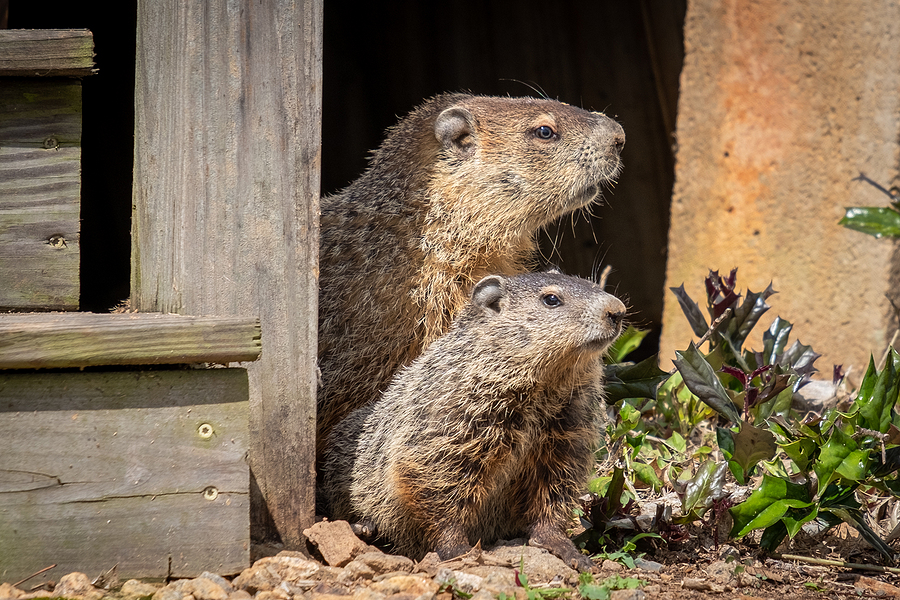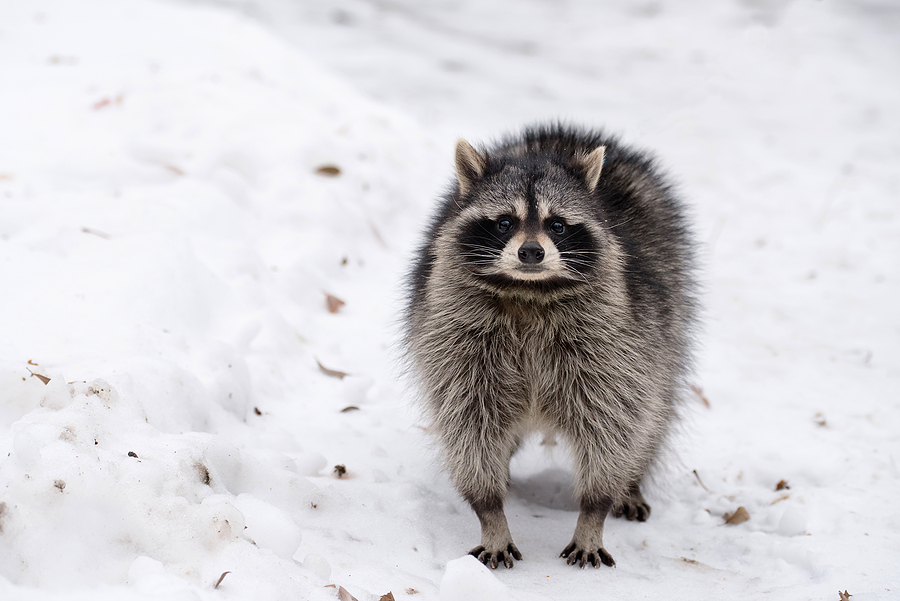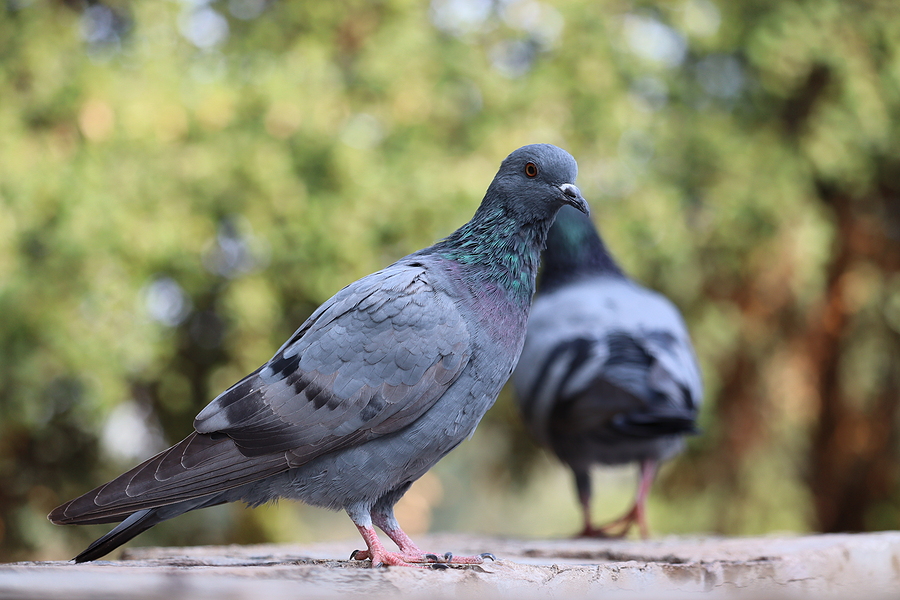Modern Wildlife Control is licensed by the Department of Natural Resources (DNR), plus fully-insured in the State of Indiana! Continue below to learn why you should choose our company for all your animal removal service needs in Indianapolis, Indiana.

Why Choose Modern Wildlife Control in Indianapolis?
Modern Wildlife Control is a DNR licensed and insured critter removal and control company based out of Indianapolis, Indiana. Our highly trained, licensed, and insured animal control technicians have more than 25 years of experience in the industry and only use safe and humane methods to extract critters and prevent them from returning. We offer a wide range of critter control services for commercial and residential properties across the city, and work with all native species, including raccoons, bats, squirrels, opossum, skunks, snakes, and more!
24 Hour Indianapolis Animal Removal and Control Services
Our animal control services include minor attic restoration, critter cleanup, critter removal, critter prevention, critter proofing, animals in the attic, dead animal removal, 24 hour emergency services, advice, and much more. On top of comprehensive critter removal and control, Modern Wildlife Control also provides animal removal services for critter damage insurance claims!
Contact us today at 317-847-6409 to learn more about the incredible critter control services we offer in Indianapolis, Indiana.
Get in Touch With a Licensed Critter Control Contractor Now
When you call Modern Wildlife, you can expect friendly and honest assistance from an industry veteran with extensive knowledge and experience. We will answer all your critter questions and even offer free advice! Ask us for details about our critter control services and company background too. You may also call us directly at 317-847-6409 and speak directly to an Indianapolis critter removal and control technician about getting rid of nuisance wildlife for good.
Are you concerned about the nuisance animals around your home or business? Contact Modern Wildlife Control at 317-847-6409 for safe and effective animal trapping and removal services you can afford. Request a free estimate, today.
You Should Also Read:
Nuisance Animals to Watch Out for in Indiana
How to Make Your Own Non-Toxic Animal Repellent Spray
Frequently Asked Questions About Animal Removal and Control













